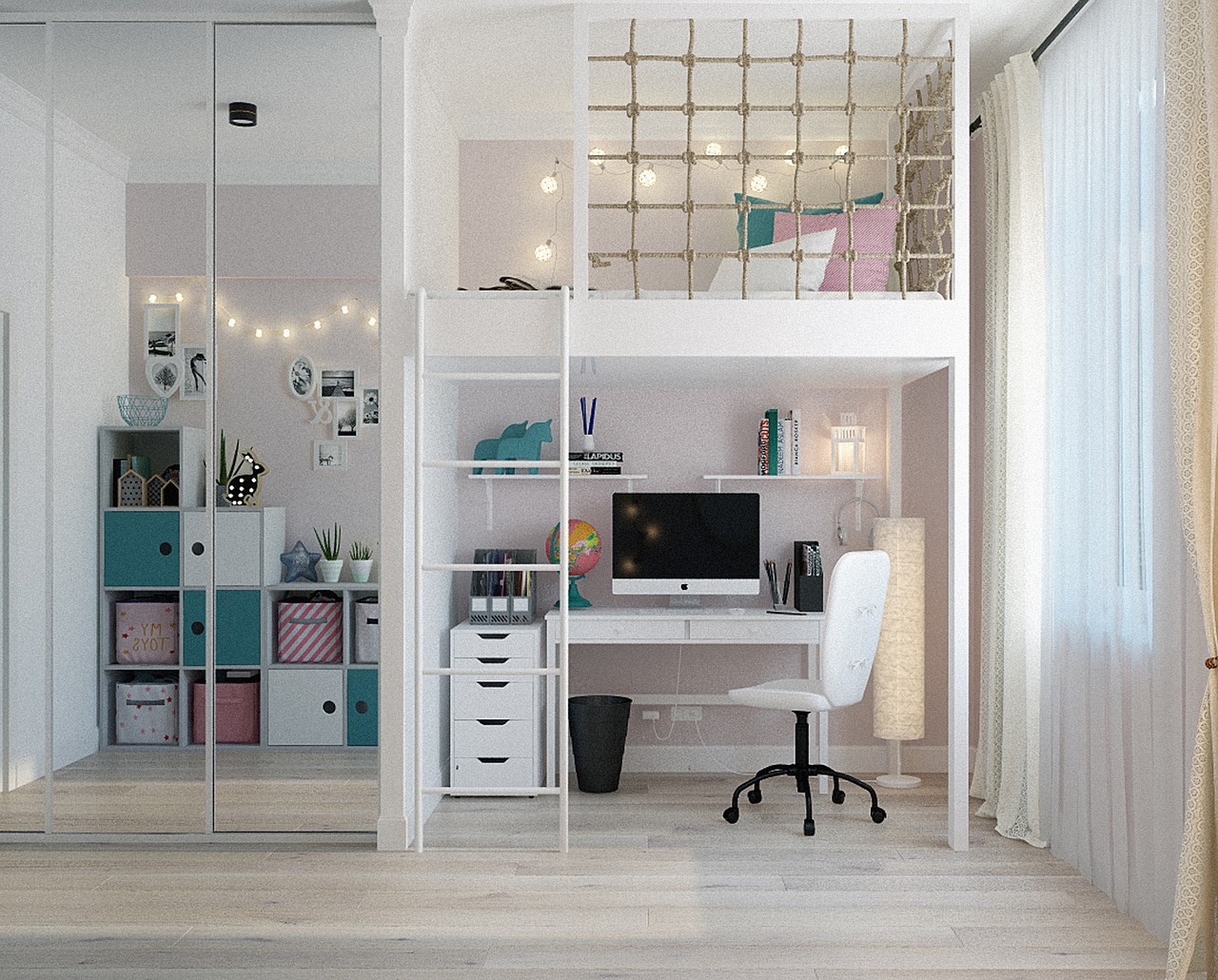Designing the Children’s Room: A Practical Guide for Creating a Wholesome Space
In the realm of parenting, one of the key endeavors is crafting a nurturing environment for our children. A pivotal aspect of this endeavor is the meticulous design of their personal haven—the children’s room. This article serves as a comprehensive guide, offering practical insights on how to artfully furnish and organize a child’s space to foster creativity, comfort, and functionality.
Understanding the Importance of Thoughtful Design
Designing a children’s room goes beyond aesthetics; it is about creating a space that stimulates imagination and supports the child’s development. By incorporating elements that cater to both their current needs and future growth, we set the foundation for a room that evolves with them.
Choosing Appropriate Furniture and Layout
Selecting the right furniture for a children’s room is a critical decision. Opt for pieces that are not only visually appealing but also safe and durable. Consider a layout that promotes easy navigation and encourages a sense of independence, allowing the child to access their belongings effortlessly.
Color Psychology: A Palette for Positive Vibes
Delving into the world of color psychology in children’s rooms, we explore hues that inspire creativity, tranquility, and focus. By strategically incorporating colors that align with these principles, we can create an atmosphere conducive to both play and learning.
Storage Solutions for a Clutter-Free Zone
Efficient storage solutions are integral to maintaining order in a child’s room. Explore creative ways to maximize space, from modular shelving to multifunctional furniture with built-in storage. A clutter-free environment not only enhances the room’s aesthetics but also promotes a sense of calm.
Personalization: Tailoring the Space to Your Child’s Interests
An element often overlooked is the importance of personalization. Infuse the room with items that reflect your child’s interests and hobbies. Whether it’s themed decor, educational posters, or a cozy reading nook, personalizing the space adds a unique touch and cultivates a sense of ownership.
Safety First: Childproofing Essentials
Creating a safe haven involves diligent childproofing. Identify potential hazards and implement safety measures, from securing furniture to selecting age-appropriate toys. A secure environment not only safeguards your child but also provides peace of mind for parents.
Balancing Technology in the Digital Age
In today’s digital era, the integration of technology in a child’s room is inevitable. Explore ways to strike a balance, ensuring age-appropriate gadgets and fostering a healthy relationship with technology. This section addresses concerns and offers tips on incorporating technology responsibly.
Eco-Friendly Design: Nurturing Nature Within Four Walls
An emerging trend in children’s room design is the emphasis on eco-friendly and sustainable choices. From furniture made with non-toxic materials to energy-efficient lighting, this section explores how conscious choices can create an environmentally friendly space for your child.
Conclusion: Crafting Memories in Every Corner
In conclusion, designing a children’s room is a multifaceted task that intertwines aesthetics, functionality, and safety. By approaching it with a thoughtful mindset, parents can create a space where their child thrives, learns, and creates lasting memories. This guide provides a roadmap for the journey, ensuring that every decision contributes to the holistic development of the child within the walls of their cherished haven.

